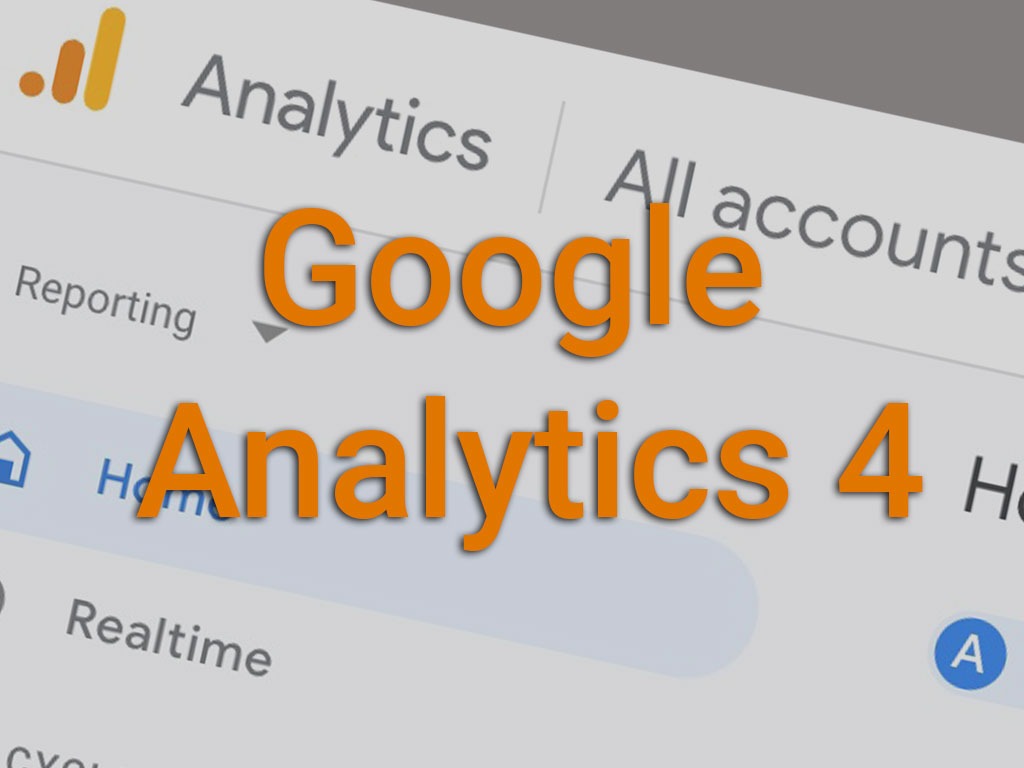Google Releases Major Upgrade to Google Analytics (GA4) – Now What?
Unless you’ve been using Google Analytics for more than 7 years it’s unlikely that you have used anything but Universal Analytics. Universal Analytics was the third major overhaul of Google Analytics which happened in 2013. Before that we had Classic Analytics (launched in 2008), and before that it was the original Urchin interface. The introduction of GA4 is the third major overhaul and fourth major version of Google Analytics, and the changes are quite drastic.

What This Means For You
This new version of GA is based on Firebase Analytics and was previously known as App + Web Analytics, which has been in beta for a while now. It promises to be more focused on user behaviour and less focused on pageviews, which in an app-first world makes sense since an app is focused on events and not pages.
At a high level, what this means for analysts, marketers, and developers who are used to looking at page-level metrics such as bounce rate, time on page, pages per session, etc, is that you will need to really shift your thinking to more event-based / user-based metrics such as clicks, downloads, video views, etc. It’s perhaps a shift that will be uncomfortable for many of us, not to mention the other changes that come with GA4.
Here are some key changes:
- Many default reports that we are used to are gone
- The importance of Default Channel Groupings has changed to Source / Medium. Event tracking has totally changed
- Attribution modeling is not yet available
- There are no “GA Views” where goals and filters used to be created, which puts more power at the Property level
- “Goals” are in fact gone and have been replaced by “Conversions” that are purely event-based (bye bye destination goals)
- And last but not least…you’ll have to start over with your data (historical data will not be migrated)
Why Migrate to GA4 Now Given All These Changes?
The changes to this Google Analytics version are dramatic and will take a lot of time to become familiar with. So, with all of that said, why on earth would we want to migrate to this new version? There are several reasons:
- Rolled Up Data – GA4 will have the ability to roll up your data across your website and mobile app. This means you will no longer need to have two GA properties for each, and will be able to more easily see cross-device behaviour for users
- Easier Analysis – Another cool feature is that the “Analysis Hub” reports, previously only available to GA360 users, are now available to all. This will make it easier to analyze users, create custom conversion funnels, compare segments, and build more robust audience lists to feed into Google Ads
- Exporting – The ability to export to Google BigQuery is now also available to everyone, which was not a feature before
- Privacy – One of the biggest reasons for migrating to GA4 is the “privacy-centric” design. GA4 is built for a privacy-first world. Currently, not every visitor to your website will consent to a cookie being placed to track them. Consequently, this creates data gaps in your analytics. GA4 takes this into consideration by leveraging the first-party data that it does have access to and it will “fill in the gaps” with its machine learning predictions. It’s a powerful feature that will come into play more and more privacy rules and regulations become more strict. That said, these predictions will not be based on actual user behaviour on your site, but what Google deems as likely behaviour based on the data gathered by the machine.
What To Do Next
Starting now, GA4 is the default GA property type, so anyone building a new website or just starting out might as well start with GA4. However, if you currently have a website and have had it for a while, transitioning to GA4 will and should be a slow process. Be prepared to work with a complete rebuild of what you are familiar working with in terms of analytics.
That said, implementing GA4 is quite simple (just follow the steps outlined here) and should be done sooner rather than later. However, do not turn off your Universal Analytics just yet! Many experts around the web suggest running Universal Analytics (GA3) and GA4 in tandem for the foreseeable future. This is because a lot of the features you are used to seeing are no longer there (see above), and because there are a lot of features for GA4 still in development, including more robust eCommerce reports.
GA4 can and probably should be implemented through Google Tag Manager if you have that tool available to you. There are built-in Tag types for GA4 to use. Other methods of implementation do include direct implementation via your existing platform (ie. Shopify or WordPress) or directly to your website code.
In conclusion, the future of analytics is here: user behaviour-based, privacy-first analytics that will challenge us all to look at metrics, reporting, segmenting, and decision making differently. The only constant in life is change (Heraclitus), and while there is absolutely no rush to shift everything over to GA4, it does seem in your best interest to at least start. Eventually GA4 will be all that is available and if you think it’s a shock now, just wait until you don’t have any other choice!
Sources & Additional Reading:
Ken Williams
- What is Google Analytics 4
- Differences Between Traditional Google Analytics and Google Analytics 4
- Where Did Bounce Rate Go In Google Analytics 4
- Google Signals and Privacy in Google Analytics 4
Google Support
- https://support.google.com/analytics/answer/9216061?hl=en
- https://support.google.com/tagmanager/answer/9442095?hl=en
- https://support.google.com/analytics/answer/9744165
- https://support.google.com/analytics/answer/10085872
Other